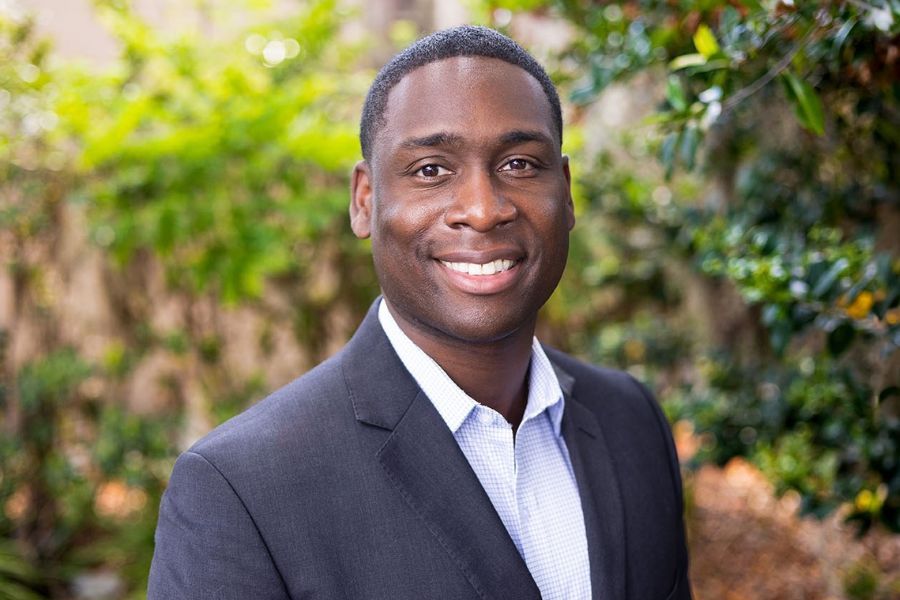Schwab aims to help breakaways skip IBDs on path to independence
Broker-dealers are no longer considered a necessary step on the road to RIA, says Bernard Clark, head of the adviser services division at Charles Schwab.
Independent broker-dealers, take notice: The largest custodian for independent advisers is gunning for you.
Speaking Wednesday at a business meeting, the executive in charge of Schwab Advisor Services said that independent broker-dealers are less likely than in the past to be seen as a necessary stepping stone for wirehouse exiles seeking independence.
“Our job here, my belief, is really to begin to disintermediate that flow of someone from a traditional model into a partially independent model or an IBD, and have them skip that step and find themselves directly into a fully independent model, should that be their long-term desire,” said Bernard J. Clark, executive vice president of the adviser services division of The Charles Schwab Corp.
Watch Bernie Clark explain why the independent model is working
His comments came as part of a buoyant presentation during which Schwab executives raised revenue forecasts for the business and touted independent registered investment advisers as the “fastest-growing segment within [the] financial services industry.”
Schwab said that it won the business of 160 teams of financial advisers representing an average of $112 million in assets apiece last year, compared with 168 teams and $95 million in 2012.
Almost four of 10 of those teams came from wirehouses, more than three in 10 came from independent broker-dealers, one in 10 from “regional” brokerage firms and two in 10 from other channels. Those proportions were roughly consistent with past years, though Schwab had a spike in wirehouse recruits in 2012.
Wirehouses, the four brokerage giants that control a plurality of U.S. investors’ professionally managed assets, have slowly lost market share in the past decade to alternative business models.
“Winning in the new market space is incredibly important to our growth. We have to keep bringing assets into the independent space,” Mr. Clark said.
“We have to keep telling the story. I know it’s a young industry because it’s just not well-understood yet,” Mr. Clark said.
Many wirehouse advisers chose the independent-broker-dealer model because of the perception that it was familiar and easy, Mr. Clark said.
But things are changing and an RIA has almost all the same resources as an IBD, he said.
“That all exists now through our capabilities, our platforms and third-party providers. You can be fully independent almost with the same ease,” Mr. Clark said.
“Taking that interim step is beginning to be noticed as not as necessary as it once was,” he said.
But Jodie Papike, a recruiter who works with independent broker-dealers, disagrees.
Although there has been a long-term trend toward cutting ties with broker-dealers, many advisers find the support, product offerings and resources offered by those firms compelling.
“There’s a bit of a reverse trend where people did break away completely, left a broker-dealer and really felt they were missing out on a lot of advantages,” said Ms. Papike, executive vice president of Cross-Search.
Of last year’s top 10 recruited teams by managed assets, just two maintained an affiliation with an independent broker-dealer and just two worked with a third-party “strategic partner” such as a platform provider or branded financier, said Tim Oden, senior managing director for business development at Schwab Advisor Services.
“It is extremely rare that someone who has a time horizon greater than three years doesn’t find the economic value of moving to independence compelling,” he said.
But Schwab president and chief executive Walter W. Bettinger II cautioned analysts not to put too much focus on the so-called breakaway advisers.
About 20% of Schwab’s net new assets each year come from new advisers.
The rest, $46.8 billion last year, comes from existing advisers’ bringing in new clients and capturing a greater share of their wealth.
Schwab estimates that it holds a 45% share of its advisers’ “eligible assets.”
The remainder are “held away,” meaning that they are kept with a competitor.
Besides the industry’s other channels, Schwab competes with custodians such as Fidelity Institutional Wealth Services, Pershing Advisor Solutions and TD Ameritrade Institutional.
Schwab had about 7,000 advisory firms as clients, managing about $1 trillion for clients, at the end of last year. The average adviser managed $135 million in assets.
Learn more about reprints and licensing for this article.




